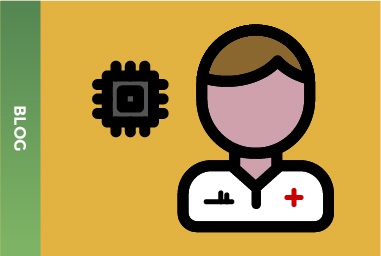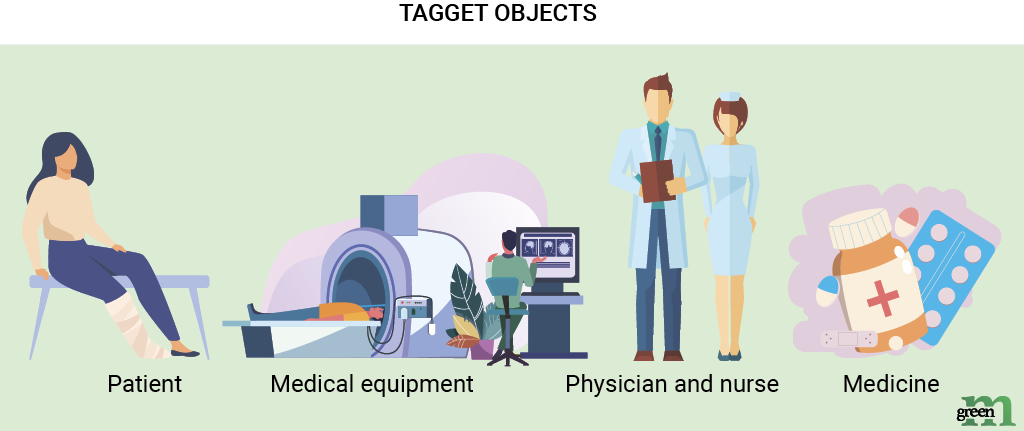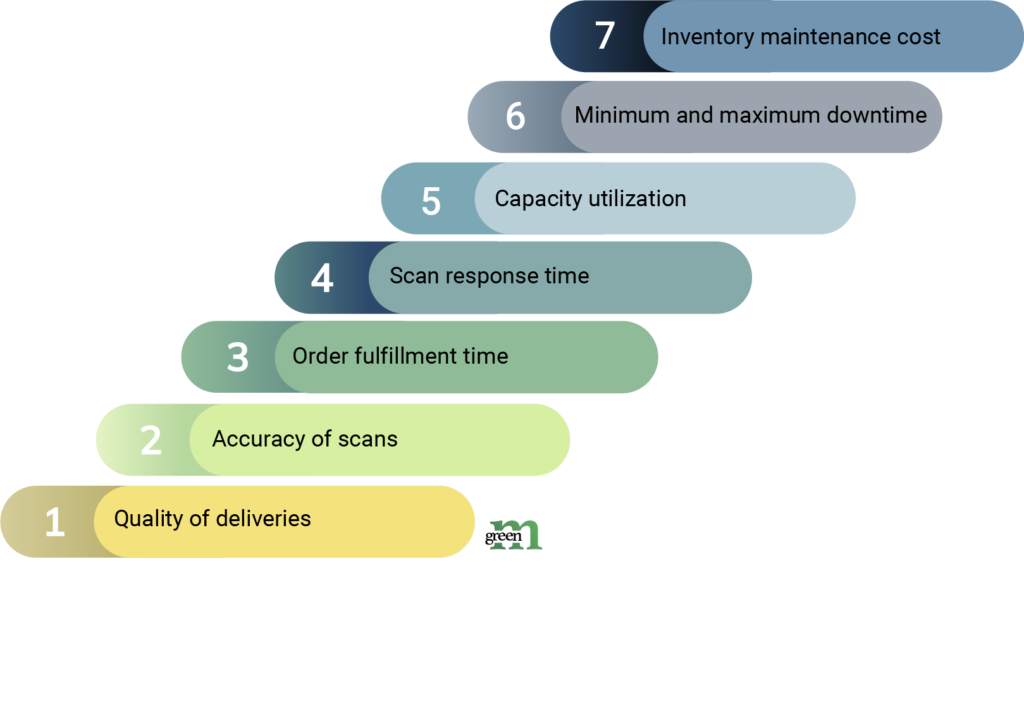How to Develop RFID-based Healthcare Analytics Platform

RFID technology automates tracking processes and data collection, removes labor-intensive human work and reduces costs for companies. It’s a fast and reliable system with only a few issues. Previously, we have talked about RFID solutions and the benefits of using them in the healthcare environment. In this post, we will focus on the technical side of things. We specifically will address the overall strategy for developing RFID data platforms and specificities of their design.
A RFID healthcare data platform combines a system of RFIDs, data capture, data storage and data analytics. The purpose of such a platform is to help effective asset/product/people management, ensuring advantageous resource allocation and reducing costs.

Developing a data platform for RFID tech requires you to start with a current state assessment. Questions of importance are:
- Where is your data?
- What are the typical use cases for the data? Who are the users?
- What is the level of operationalization for these use cases?
- Is there a demand for analytics?
Current state assessment helps identify the easiest and immediate fixes possible to implement with an RFID technology minimum viable product (MVP). After understanding how that can be integrated within the organization and getting MVP feedback from the users, it’s now time to develop a RFID data management platform.
Before developing a RFID platform
There are a few things you should consider before stepping into the development process.
Business specificities
The utilization of healthcare RFIDs are in patient satisfaction, patient and staff safety, medicine and equipment tracking and improving overall efficiency in the hospital. RFID platforms in this case can be used as centralizer. Having all data in one place, in universal formats, brings structure to an organization, but also allows organizations to extract unique long- and short-term insights and fill in the gaps of their knowledge. Data management platforms also help organizations comply with regulations more. As a data management platform allowsyou to manage all your data in one place, anonymizing large chunks of data, for instance, becomes a simple process.
Design and technical specificities
When designing RFID software, you should consider a few key points:
- Data handling. RFID data is processed in real-time, so the software should be able to process vast amounts of scans without misses.
- Scheduling and synchronization. Software will likely be using multiple integrated systems. Therefore, intelligent scheduling is necessary to allocate resources properly and improve efficiency.
- Scalability. Software design should be easily scalable and able to incorporate other hardware and middleware if needed.
Regulations and standards
ince tags communicate with receivers through radio waves, their data is quite easy to capture. This caused big privacy concerns. As a result, regulatory bodies, security standards and radio frequency specifications were introduced. The main authorities are International Organization for Standardization (ISO), International Electrotechnical Commission (IEC) and Electronics Product Code Global Incorporated (EPCglobal). Each radio frequency has its standards, such as ISO 14223 and ISO/IEC 18000-2 (for LF RFID), ISO 15693 and ISO/IEC 14443 (for HF RFID), ISO 18000-6C (for UHF RFID).
Of course, since this solution is meant for the healthcare sector, don’t forget about HIPPA and GDPR, CCPA or other local health and privacy laws.
RFID healthcare platform KPIs
Finally, look for best ways to measure the performance of your RFID platform. Depending on which purpose it performs, these may change. KPIs must align with the reasons you adopt an RFID system in the first place and your organizational or business goals. A few ideas can be:

Architecture of RFID data management platform
With the combination of real-time allocation, data unification and analytics, a RFID healthcare platform is a powerful tool, which can bring simpler workflows and insights into your organization or business. Consider these base components when building platform architecture:
- data aggregation
- initial formatting and filtering
- data storage
- data analytics and visualization
Data aggregation
Radio, sensory and other IoT technologies of RFID enable collection of data. This will be the base of your platform, ensuring a smooth flow of data. As noted above, data in a system is processed in real-time, so the software should be able to process vast amounts of scans without misses. It also may include different types of hardware and middleware for scanning (for instance, if RFID is used for transportation and storage, different airports may have different RFID readers). The data aggregation function in a platform should take all this into account.
Initial formatting and filtering
Duplicate elimination and standardization of data are two of the important functions that should be done right after the data is collected. Since RFID readers can scan more than 100 tags per second, at times the same tag is read more than once. Initial filtering should consist of eliminating these duplicates or allowing only a single tag read. Naturally, to be processed by a platform, the data it receives should all be encoded in a single format or a few selected formats.
Data storage
RFID real-time data is stored for enabling analytics, historic reporting and predictions. Databases and data lakes are common solutions for this function today.
Data analytics and visualization
The last function of a healthcare platform for RFID should be focused on intelligence, such as leverage customizable BI tools, display tag history, reports, analytics and statistics based on the data collected. Some things you could analyze and display are inactive assets, workload and performance, audit efficiency, predictive maintenance and workloads. This is also the place to embed KPI tracking.
An RFID system combined with a powerful customizable visualization tool can be integrated into employee workflows through regulating what data each department or employee can access. This shows direct results of their work, company insights and improves ways employees engage with their work.
In conclusion
A RFID healthcare platform combines a system of RFIDs, data storage and data analytics.
It can help healthcare businesses in effective asset/product/people management, ensuring advantageous resource allocation and reducing costs.
Before designing RFID HC platform, you should consider its business and design specificities, regulations and standards and develop KPIs.
The basic architecture of a RFID platform consists of data aggregation, initial formatting and filtering, data storage, data analytics and visualization. Wondering about how such a platform might look from an architect’s perspective? Read about The GreenM Healthcare Data Platform Framework.
Want to know more? Top 5 handpicked healthcare industry insights, cases and business recommendations in your inbox every two weeks. Hit the SUBSCRIBE button below to learn about health tech with our digest!
WANT TO KNOW HOW TO DESIGN A HEALTHCARE DATA PLATFORM?
Learn about our approach to building an agile ecosystems with an architecture of multiple secure data layers, distributed storage and internal and external APIs.
References
- Key performance indicators for the evaluation of RFID-enabled B-to-B e-commerce applications: the case of a five-layer supply chai
- Lee, D., Kim, S., Kim, H., & Park, N. (2010). Mobile Platform for Networked RFID Applications. 2010 Seventh International Conference on Information Technology: New Generations. doi:10.1109/itng.2010.188
- A Middleware Architecture for RFID-enabled traceability of air baggage
- RFID TECHNOLOGY IN HEALTHCARE: BENEFITS, CHALLENGES, OPPORTUNITIES
- RFID Asset Tracking and Inventory Management Solutions
- The Benefits and Barriers to RFID Technology in Healthcare
- Development Questions to Ask Before Starting Your Software Project






